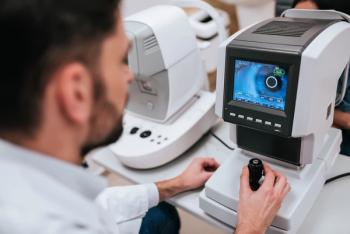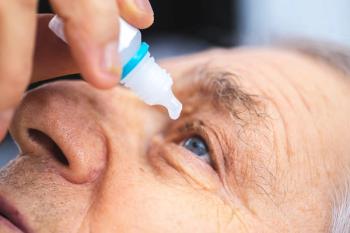
Cost-effective eyecare: Avoid these 5 tests and treatments
The American Academy of Ophthalmology issued a list of 5 recommended practice changes as part of the Choosing Wisely initiative of the American Board of Internal Medicine Foundation. The campaign aims to reduce waste in the American healthcare system by encouraging physicians to reconsider their medical routines and patients to adjust their expectations according to validated effectiveness research.
Whether the ophthalmic problem is pink eye or cataract, eyecare professionals and patients should discuss which tests and treatments are most appropriate and which are not, according to new practice recommendations from the American Academy of Ophthalmology (AAO).
The AAO issued a list of 5 recommended practice changes as part of the Choosing Wisely initiative of the American Board of Internal Medicine Foundation. The campaign aims to reduce waste in the American healthcare system by encouraging physicians to reconsider their medical routines and patients to adjust their expectations according to validated effectiveness research.
William L. Rich III, MD, the AAO's medical director of health policy, explained that the list addresses unnecessary tests and treatments that "are commonly done but without a lot of evidence base" in 5 areas:
1. Preoperative Medical Tests: Don't perform preoperative medical tests - such as an electrocardiogram or blood glucose test - prior to eye surgery unless there are specific signs indicating a need for them.
2. Imaging Tests: Don't routinely order imaging tests when there are no symptoms or signs of significant eye disease.
3. Antibiotics for Pink Eye: Don't prescribe antibiotics for pink eye that is caused by an adenovirus.
4. Antibiotics for Eye Injections: Don't routinely provide antibiotics before or after injections into the vitreous cavity of the eye.
5. Punctal Plugs for Dry Eye: Don't treat dry eye by inserting punctal plugs before attempting other options, such as medical treatments with artificial tears, lubricants and compresses."
Newsletter
Want more insights like this? Subscribe to Optometry Times and get clinical pearls and practice tips delivered straight to your inbox.








































